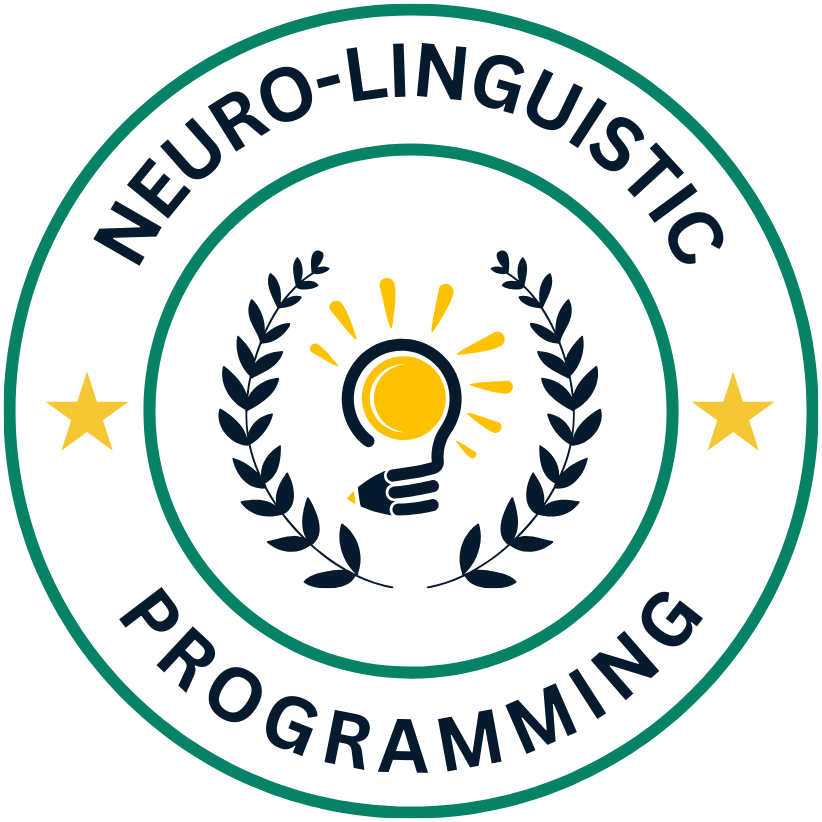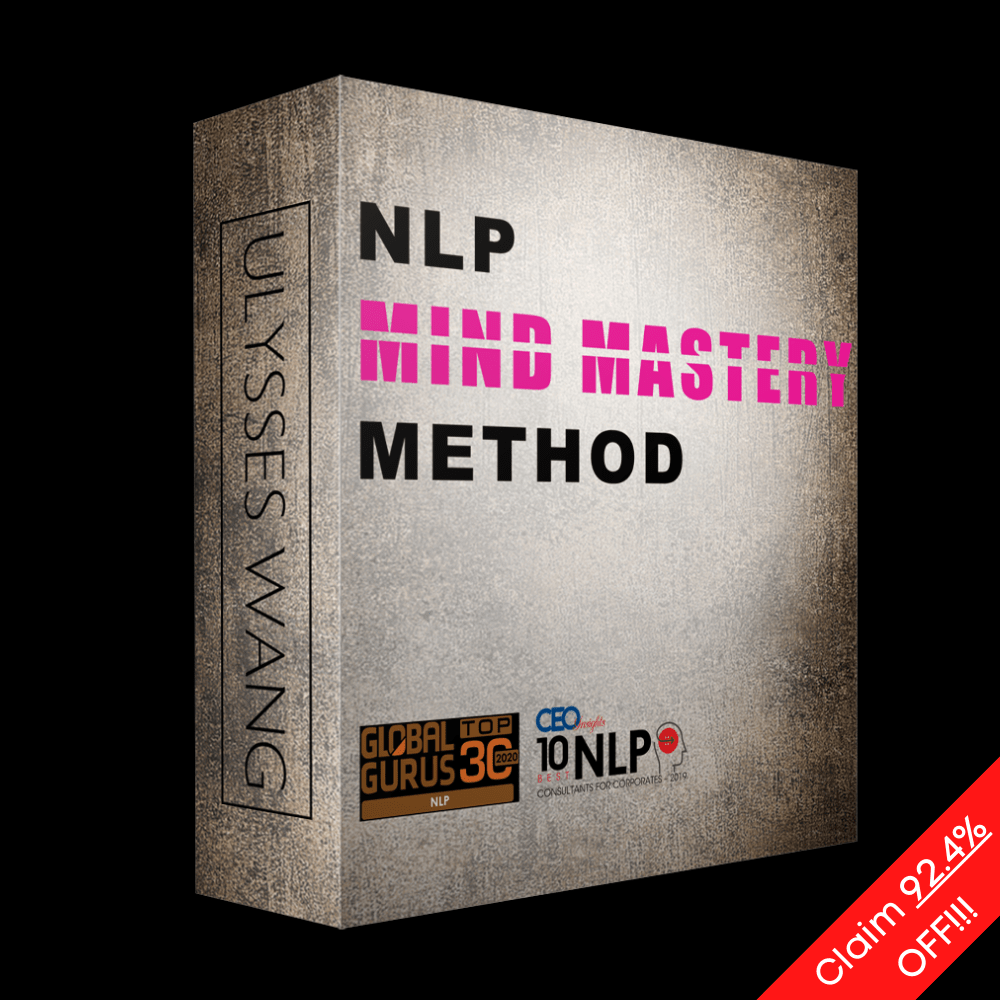This guide probes into the vital skills you need to hone in order to foster genuine, transparent conversations. By understanding the nuances of effective communication, you can better recognize when deception may be at play and learn how to navigate these situations with confidence. Through practical tips and strategies, you’ll strengthen your ability to engage authentically with others, ensuring that your interactions are both truthful and productive. Mastering this art will not only enhance your relationships but also empower you in personal and professional settings.
Understanding Communication
Your ability to communicate effectively has a profound influence on every aspect of your life. Whether in personal relationships, professional settings, or casual interactions, effective communication can establish trust, foster collaboration, and enhance understanding. By mastering the art of communication, you empower yourself to convey your ideas clearly and persuade others more readily, ultimately leading to more fulfilling interactions and successful outcomes.
The Importance of Effective Communication
Even the most well-thought-out ideas can be lost if not delivered properly. Effective communication ensures that your message is understood as intended, reducing the likelihood of misinterpretation and conflict. This alignment between what you say and how it is received creates a solid foundation for relationship-building and helps to maintain open lines of dialogue. In a world where information overload is prevalent, your ability to communicate succinctly and effectively sets you apart as a leader and a valuable collaborator.
Common Barriers to Clear Communication
Importance lies in recognizing the obstacles that often hinder open and clear communication. Factors such as language differences, cultural misunderstandings, emotional barriers, and distraction can create significant challenges in conveying your message. These obstacles can lead to confusion, frustration, and feelings of resentment, ultimately damaging relationships and undermining your intended goals.
Communication is not just about the words you use; it also encompasses tone, body language, and active listening. When barriers such as stress, preconceived notions, or external distractions arise, they can distort the message, making it difficult for you and the person you are speaking with to connect meaningfully. To communicate effectively, it is important to identify these barriers and take steps to overcome them, ensuring that your message is not only sent but also received in the manner you intended.
Recognizing Deception
While engaging in conversations, it is important for you to understand the underlying psychology of deception. Deception often stems from a desire to manipulate or evade the truth. It is not only a tactic used to protect oneself from uncomfortable situations but also a strategy employed to achieve personal goals or gain an advantage. Being aware of these motivations can help you become more attuned to the nuances of conversation, ultimately enabling you to discern when you might be facing untruths. (Being equipped with this knowledge will significantly enhance your communication skills.)
The Psychology of Deception
An effective communicator understands that deceit is often rooted in emotional responses and cognitive processes. People who deceive may exhibit varying levels of anxiety, guilt, or even excitement, depending on the situation. This psychological landscape creates a complicated web of emotional signals that you should be capable of detecting. If you focus on understanding the deeper emotional triggers behind deceptive behavior, you can better position yourself to identify when someone may not be forthcoming. (This insight could be pivotal in your personal and professional relationships.)
Signs of Deceptive Behavior
One of the most vital aspects of recognizing deception is being able to identify the signs of deceptive behavior. These signs may include inconsistent body language, speech patterns that don’t align with the message being conveyed, or excessive detail that seems rehearsed. Observing these subtle discrepancies can help you determine whether someone is being truthful or attempting to mislead you. (Being attentive to these cues will empower you in your conversations.)
Plus, varying factors can contribute to deceptive behavior, such as individual personality traits and the context of the conversation. For instance, some individuals may become overly defensive when challenged, while others might exhibit nervous habits like fidgeting or avoiding eye contact. Understanding that deception is often accompanied by physical manifestations can alert you to suspicious behavior, allowing you to dig deeper into the truth of the situation. (This awareness can significantly enhance your ability to establish trustworthy connections.)
How to Enhance Your Communication Skills
Some techniques can significantly improve your communication proficiency, leading to clearer conversations and stronger relationships. One effective strategy is to practice active listening, which involves fully concentrating on what the speaker is saying. By giving your undivided attention, you not only convey respect but also gain a better understanding of their message. You can enhance this skill by using verbal acknowledgments like “I see” or “That makes sense,” which encourage the speaker to share more, and asking follow-up questions that clarify their points. (Deciding to adopt active listening can transform your interactions.)
Active Listening Techniques
Active listening requires not just hearing the words but also engaging with the speaker on a deeper level. Start by minimizing distractions in your environment, making eye contact, and using body language that shows you’re involved, like nodding. Refrain from formulating your response while the other person is speaking; focus entirely on their message. This not only demonstrates your genuine interest but also allows you to process what is being said without bias or preconception. Integrating paraphrasing—repeating back what you’ve heard in your own words—further solidifies understanding and assures the speaker that you value their input.
Asking the Right Questions
While the way you communicate is necessary, the questions you ask can significantly impact the quality of your conversations. Thoughtful questions encourage deeper dialogue and demonstrate your engagement in the topic. Open-ended questions—those that cannot be answered with a simple yes or no—are particularly effective in prompting the speaker to elaborate on their thoughts and feelings. You might consider asking, “What are your thoughts on this approach?” to inspire discussion and gather insights, rather than asking questions that can shut down the conversation.
Right questions not only facilitate a richer exchange of ideas but can also highlight areas of misunderstanding that may lead to deception. When you ask questions that require the speaker to explain their reasoning further, you create opportunities for transparency. Phrasing your questions to invite detail, such as “Can you explain how you came to that conclusion?” encourages the other party to share more context. By doing so, you will garner a comprehensive understanding of their perspective, allowing for more honest and genuine interactions.

Tips for Avoiding Miscommunication
Unlike common belief, miscommunication can often be avoided with a few intentional steps. By taking the time to refine your approach to conversations, you can significantly enhance understanding and clarity. Here are some tips to help you steer clear of miscommunication:
- Be mindful of your word choice.
- Listen actively to the speaker.
- Ask questions for clarity.
- Summarize what has been said to ensure understanding.
- Be aware of the emotional tone behind the words.
Recognizing how you communicate can be the first step towards fostering better dialogues in your interactions.
Clarifying Your Message
To ensure that your message is conveyed accurately, it’s important to express your thoughts clearly and concisely. Use straightforward language and avoid jargon or complex terms that may confuse the listener. When you articulate your main points, consider what the other party needs to know and why it’s relevant to them. Simplifying your message not only improves understanding but also engages the listener more effectively.
To add another layer of clarity, check in with your audience by asking if they have any questions or if they need more explanation on certain points. This proactive approach invites collaboration and demonstrates that you value their understanding. Without this feedback loop, important details may be misconstrued or overlooked.
Using Non-Verbal Cues Effectively
Clearly, non-verbal communication plays a significant role in how your message is received. Body language, facial expressions, and gestures are powerful tools that can either reinforce or contradict your spoken words. By being aware of your non-verbal cues, you can ensure that they align with the message you want to convey. For instance, maintaining eye contact shows engagement, while crossed arms could signal defensiveness (it’s vital to ensure that your body language matches your verbal communication for consistency).
Moreover, tuning in to the non-verbal cues of others can provide critical insights into their thoughts and feelings. Pay attention to their posture, tone of voice, and expressions as these can all indicate avoidance, confusion, or agreement. Adjusting your own signals based on these cues can lead to a more effective exchange and a deeper understanding of the conversation (ignoring non-verbal communication can lead to misunderstandings and missed opportunities).
Clarifying your message through both verbal and non-verbal communication strengthens your overall delivery. By consciously focusing on how you express yourself, you position your dialogue toward greater authenticity and understanding, minimizing the risk of misinterpretation.
Factors That Influence Successful Conversations
Keep in mind that several key factors significantly influence the effectiveness of your conversations. Recognizing these elements can help you enhance your communication skills and avoid misunderstandings. Among these factors are:
- Emotional intelligence
- Cultural sensitivity
- Active listening
- Non-verbal cues
- Clarity of message
The fusion of these components contributes to a more objective and transparent dialogue with your conversation partner.
Emotional Intelligence in Communication
You should prioritize emotional intelligence as it plays a vital role in forming meaningful connections during conversations. This ability allows you to understand and manage your own emotions, as well as empathize with others. By recognizing emotional signals, you can respond appropriately to the feelings expressed by those with whom you’re speaking, thus fostering a more productive interaction.
Moreover, developing your emotional intelligence can lead to enhanced conflict resolution skills and the ability to navigate challenging discussions with grace. When you actively work on being aware of both your emotions and those of others, you create a safe space where honest dialogue can flourish, promoting trust and reducing the likelihood of deception.
Cultural Sensitivity and Awareness
For effective communication, it is necessary to cultivate cultural sensitivity and awareness. This involves recognizing and respecting the diverse backgrounds and perspectives of the individuals you engage with. By being mindful of cultural differences, you can avoid misunderstandings and foster a more inclusive atmosphere during conversations.
Successful communication hinges on your ability to appreciate the values, beliefs, and customs of others. When you invest time in understanding different cultural contexts, you not only enhance your conversational skills but also demonstrate respect for your conversation partner. This awareness can significantly reduce the chances of deception, as it fosters an environment of openness and authenticity where all parties feel valued and understood.
Strategies for Building Trust in Conversations
Transparency and Honesty
Even in the most challenging conversations, prioritizing transparency and honesty sets a solid foundation for trust. When you openly share your thoughts, motivations, and feelings, you invite the other person to do the same. This reciprocal openness fosters an environment where both parties feel safe to express their perspectives without fear of judgment or retribution. You must be willing to admit when you don’t have all the answers or when you’ve made a mistake; this vulnerability can significantly enhance your credibility in the eyes of others.
Furthermore, honesty cultivates mutual respect. When you demonstrate integrity in your words and actions, others are more likely to reciprocate. Before entering a conversation, it can be helpful to reflect on your intentions and ensure that they align with the values of openness and authenticity. You are setting the stage for an unambiguous dialogue that mitigates the potential for misunderstandings and deception (this can be a game-changer in your interpersonal relationships).
Consistency in Communication
With consistency in your communication, you emphasize reliability and dependability, which are necessary elements of building trust. When you regularly convey the same messages, values, and intentions over time, it reassures others that they can depend on your word. Consistency helps eliminate doubts about your motives and ensures that others perceive you as credible and trustworthy. It’s important to align your verbal and non-verbal communications to reinforce this reliability (this alignment can significantly strengthen your relationships).
Building this consistency means being aware of the messages you send out, both intentionally and unintentionally, in different contexts. You should actively strive to practice what you preach and stay true to your commitments. If you find yourself in a situation where you cannot uphold a promise, openly communicate about the change rather than pretending it never happened. Doing so not only maintains trust but also reinforces your integrity in discussions about commitments and expectations (this approach will lead others to more readily accept your future promises).
Conclusion
As a reminder, mastering the art of successful communication is vital for building trust and understanding in your conversations. By being aware of the potential for deception, you can equip yourself with the tools necessary to navigate interactions more effectively. Pay attention to both verbal and non-verbal cues, practice active listening, and create an environment that encourages open dialogue. These strategies can significantly reduce misunderstandings and enhance the quality of your communication.
Ultimately, your ability to communicate successfully will foster stronger relationships, both personally and professionally. For more insights on improving your communication skills, explore The Art of Effective Communication: Tips and Techniques … to develop a deeper understanding of how to convey your message authentically and avoid miscommunication. Enhancing your communication skills is a valuable investment in your future interactions.
FAQ
Q: What are the key elements of successful communication to avoid deception?
A: Successful communication is built on several key elements that help minimize deception. Firstly, clarity is vital; expressing thoughts in a straightforward manner reduces the risk of misinterpretations. Secondly, active listening plays an necessary role as it ensures that each participant in the conversation is fully engaged, validating the messages being shared. Lastly, establishing trust through consistent and honest interactions lays the foundation for open dialogue, reducing the likelihood of deceptive behaviors.
Q: How can body language impact communication and contribute to deception?
A: Body language is a significant component of how we communicate. It includes facial expressions, gestures, posture, and eye contact. These non-verbal cues can reinforce or contradict spoken words. If someone’s body language and verbal communication do not align, it may indicate insincerity or deception. Therefore, being aware of your own body language and observing others’ non-verbal signals can help assess the authenticity of the message being conveyed. Mastering this aspect can lead to more effective communication and less chance for misunderstandings.
Q: What strategies can be employed to foster open dialogue and prevent deceitful conversations?
A: Fostering open dialogue requires a conscious effort to create a safe environment for communication. One effective strategy is to encourage questions; when participants feel free to ask for clarification, it leads to greater transparency. Another tactic is to practice reflective communication, where individuals summarize or paraphrase what they heard to ensure understanding, thereby minimizing the chance of misinterpretation. Additionally, emphasizing the importance of honesty and integrity in the conversation can deter deceptive practices, promoting a culture of openness and respect.



